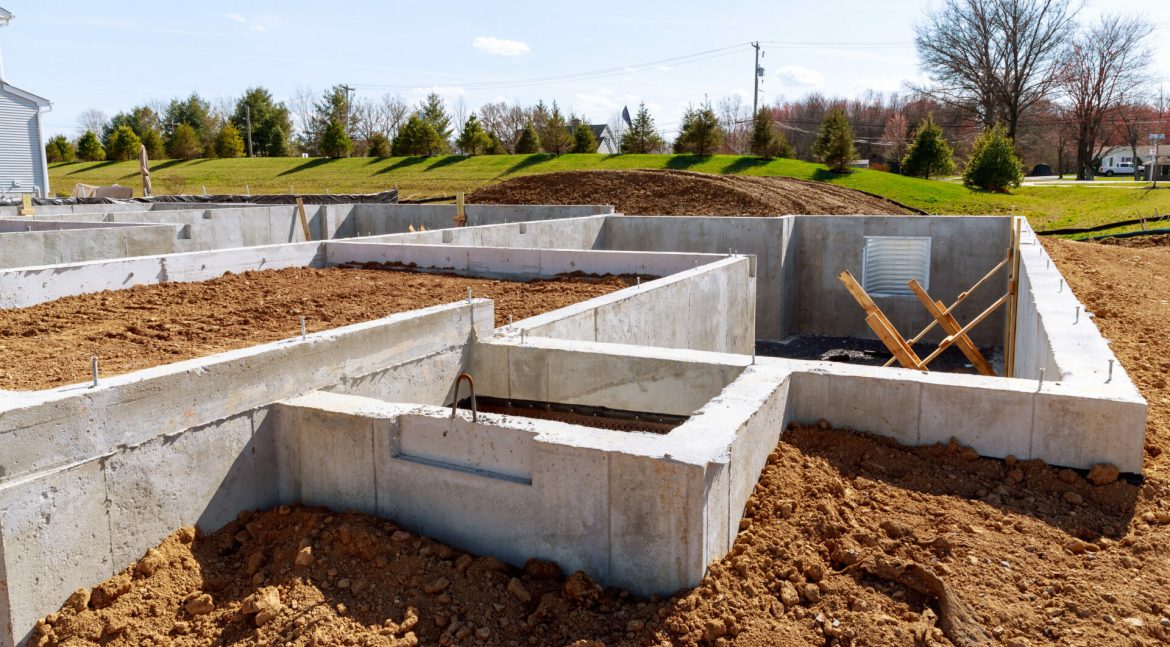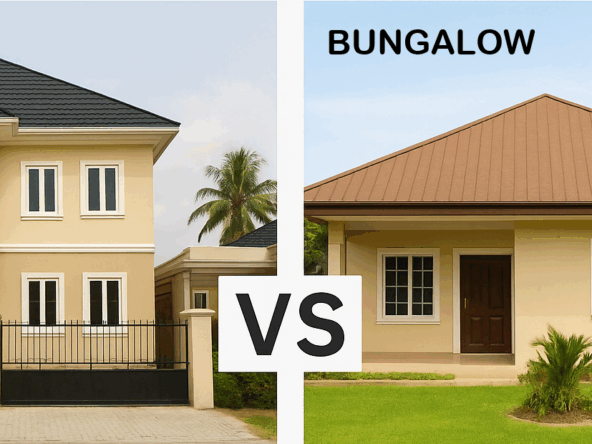Building a house in Nigeria is one of the biggest financial and emotional investments you can make. The process may look overwhelming at first, but with proper planning and the right professionals, it becomes much easier. In this guide, we’ll walk you through the step-by-step process of building a house in Nigeria — from planning to moving in.
1. Define Your Budget and Plan
The first step is to know how much you can afford. Land and construction costs vary by location (Lagos, Abuja, Ibadan, Enugu, etc.), so decide on a budget that covers:
-
Land purchase
-
Approvals and permits
-
Materials and labor
-
Finishing (tiles, doors, plumbing, electricals)
-
Furniture and fittings
👉 Tip: Always keep at least 10–20% extra for unexpected expenses.
2. Acquire Land in a Good Location
Choose land based on your budget and future plans. Before purchase:
-
Confirm the land has proper documents (C of O, Deed of Assignment, Survey Plan).
-
Verify from the Land Registry that it’s free from government acquisition.
-
Ensure accessibility to road, water, electricity, and security.
👉 It’s advisable to involve a lawyer before payment.
3. Design Your House Plan
Hire a registered architect to prepare your house plan. The design depends on:
-
Size of land
-
Type of building (bungalow, duplex, flats)
-
Your budget and lifestyle
-
Local building regulations
You’ll also need structural, electrical, and mechanical drawings for approval.
4. Get Approvals and Permits
Submit your house plan to the town planning authority for approval. Without approval, the government can stop or even demolish your building. Fees vary depending on state and location.
5. Prepare the Site and Lay Foundation
Once approvals are secured:
-
Clear the land.
-
Carry out soil testing if necessary.
-
Lay the foundation (raft, strip, or pile foundation depending on soil condition).
This stage is critical because the strength of the house depends on the foundation.
6. Build the Structure (Superstructure)
This includes:
-
Block work (walls)
-
Lintels and beams
-
Roofing framework and roofing sheets
At this stage, your house begins to take shape.
7. Install Plumbing and Electrical Works
Before plastering, run all pipes and electrical conduits inside the walls. This includes water supply, drainage, wiring for lights, sockets, and switches.
8. Plastering and Finishing
Finishing adds beauty and comfort. This stage includes:
-
Plastering walls
-
Fixing doors and windows
-
Tiling
-
Painting
-
POP ceiling
-
Kitchen and bathroom fittings
9. Install Utilities
Connect your house to water supply, electricity, and (if available) sewage system. For locations without PHCN supply, you may need a generator or solar system.
10. Furnishing and Moving In
Finally, furnish your house with essential furniture, appliances, and decorations. Once done, you can move into your dream home.
Final Thoughts
Building a house in Nigeria requires planning, patience, and trusted professionals. Avoid shortcuts, always buy quality materials, and monitor your project closely. With the right approach, your dream home can become a reality without unnecessary stress.




